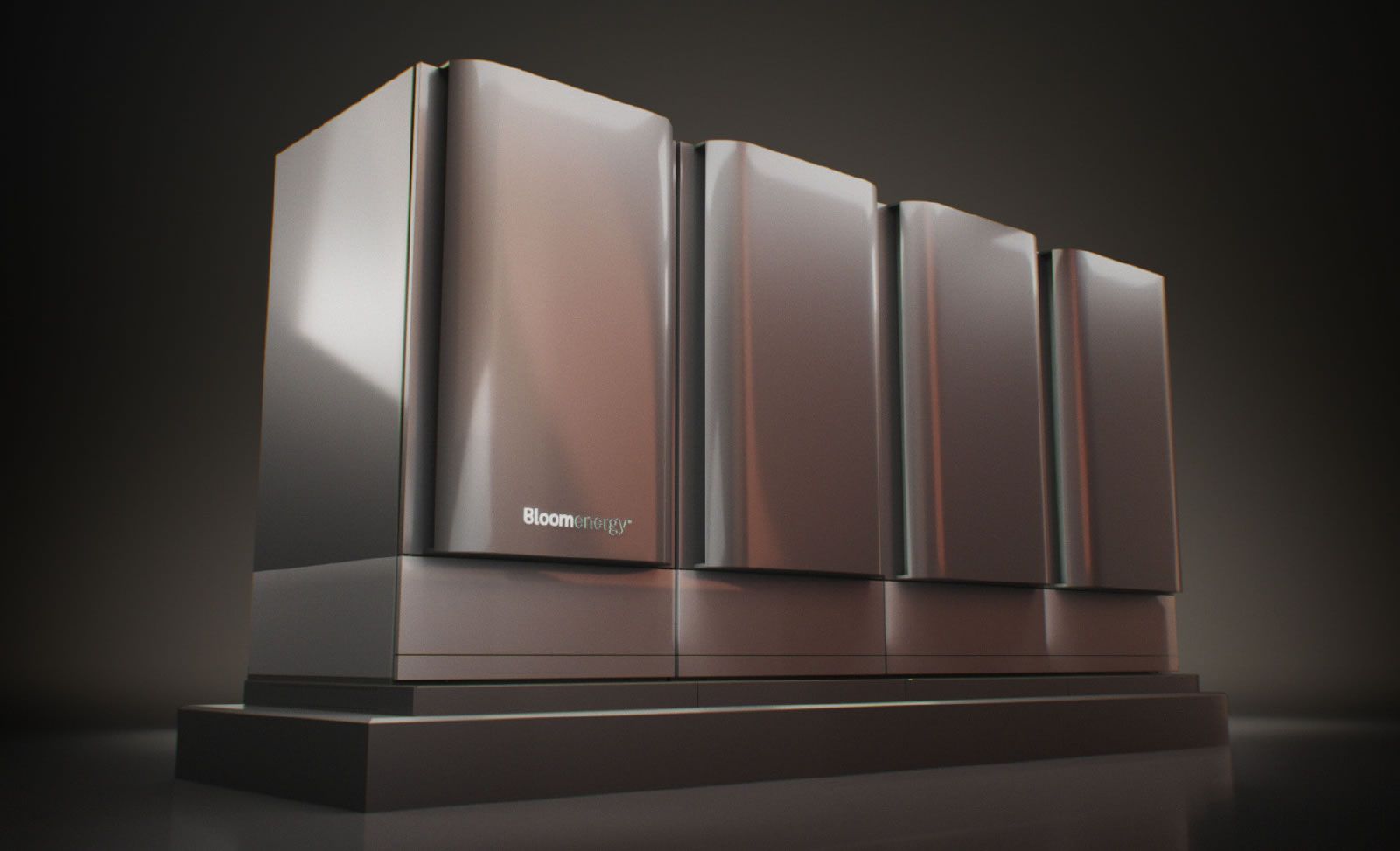Shell, Bloom Energy Sign Agreement to Explore Hydrogen Energy Projects
Shell and Bloom are collaborating to develop replicable, large-scale, solid oxide electrolyzer systems for possible use at Shell assets.
Bloom Energy is partnering with Shell to study decarbonization solutions with Bloom’s proprietary hydrogen electrolyzer technology. The companies will collaborate to develop replicable, large-scale, solid oxide electrolyzer (SOEC) systems that will produce hydrogen for use at Shell assets. The partnership will help the advancement of decarbonization opportunities for new SOEC technology.
Bloom’s SOEC can produce clean hydrogen at scale to augment or replace fossil fuel-powered grey hydrogen supplies, which are produced at refineries by high CO2-emitting steam methane reformation. Clean, or green, hydrogen is produced from water electrolysis using renewable energy. Electrolysis-driven hydrogen production helps to eliminate greenhouse gas (GHG) emissions.
Bloom Electrolyzer; Image Credits: Bloom Energy

“This technology could represent a potentially transformative moment for opportunities to decarbonize several hard to abate industry sectors,” said KR Sridhar, Founder, Chairman, and CEO of Bloom Energy. “As the world leader in solid oxide electrolyzer technology, we are poised to provide customers around the world with our proprietary, American-made energy technology to both reduce carbon footprint and sustain economic growth.”
Demand for the Bloom Electrolyzer, manufactured in California and Delaware, has been increasing due to the growing interest in the low-carbon economy. Bloom’s SOEC operates at high temperature and high efficiency and produces more hydrogen per MW than commercially available lower temperature electrolyzers such as proton electrolyte membrane or alkaline. In May of this year, Bloom conducted a successful demonstration with a large-scale 4 MW SOEC, where it produced 2.4 metric tons of hydrogen per day at the NASA Ames research facility in Mountain View, CA.